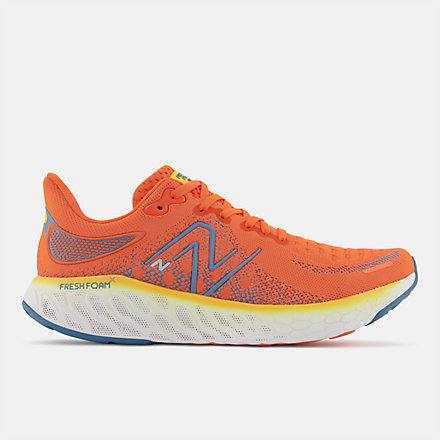why do they shoe horses
It is a Hollywood tradition that when animals need to be shod for the upcoming winter, they are photographed with large shoes over their hooves and the nail holes just barely covered by dirt.
Image source: https://www.amazon.in/
And if you think that's bad, have you ever seen the horse run? They don't let up until every single nail is in place. It can take hours of work for each one!
Image source: https://www.pinterest.com/
Some horses even have nails removed from their feet so as not to cause further problems if they're shod too soon after a shoe was removed. This video shares what it looks like on the farm from an inside perspective.
Image source: https://www.istockphoto.com/
Several years ago, our horse was shod in the normal manner. When we took him outside, our son noticed that the shoe on the right front foot was not on correctly.
Image source: https://www.flipkart.com/
He took the farrier aside and asked him why he had done it wrong (our boy is tenacious). He explained that he did it exactly as he always does it. We were shocked since there were about 20 nails pointing upwards.
To read more about this interesting topic, click here
(This article becomes very outdated due to new methods.)
Respectfully submitted by Leila Meyer ([email protected]) of
Don't know what shoeing a horse is? Read on to find out more!
Image source: https://www.dsw.com/
Shoeing a horse involves placing horseshoes on the animal's hooves. This enhances the animal's resistance to wear and tear of their feet, but also protects against various environmental factors.
Image source: https://www.newbalance.com/
Horses are shod in order to prevent contraction of foot rot, reduce stress on the coffin bone and coronet joint, provide traction (especially over ice),
Image source: https://www.macys.com/
reduce concussion when walking or trotting, and redistribute weight evenly. Additionally, horses that are too barefoot are at increased risk of frostbite. [1]
Image source: https://www.overstock.com/
The structure of a horse's foot is structurally similar to that of a human foot (albeit with different number and arrangement of bones). The hoof is formed from the metapodial (the metacarpal/metatarsal bone), the two digits,
Image source: https://www.vans.com/
and the phalanx (the toe bone) as well as the coffin bone and the coronet. The toe itself is composed of three bones: These are two phalanges and a sesamoid called sesamoidean [2]. When shoeing, it's important to pay attention to which side the shoe will sit on.
This is to ensure that the shoe is not on the opposite side of the foot's natural way of going. Most horses are 'left-footed', meaning that the foot goes more easily to the left than to the right. Shoeing a horse should not create an unnatural way for them to put their feet down.
Image source: https://www.converse.com/
It can be difficult to figure out how a shoe should be placed on a horse's hoof. If you were doing it yourself, you would likely start by marking where each part of the hoof was, but then how would you know what part of your pencil mark went where?
Image source: https://www.adidas.co.in/
The simplest and most common way is called 'measuring around'. Following this, you will find a mark on each side of the hoof.
Image source: https://www.nike.com/
Then you will measure from that mark to where you had placed the marking on each side. The measurement will give you a rough idea of which side of the hoof to put the shoe there.
Image source: https://shopcrocs.in/
If you are unable to do this, your veterinarian will be able to help [3]. Another way is by using a hoof ring [4] which gives very accurate measurements.
Image source: https://www.pinterest.com/














Comments
Post a Comment